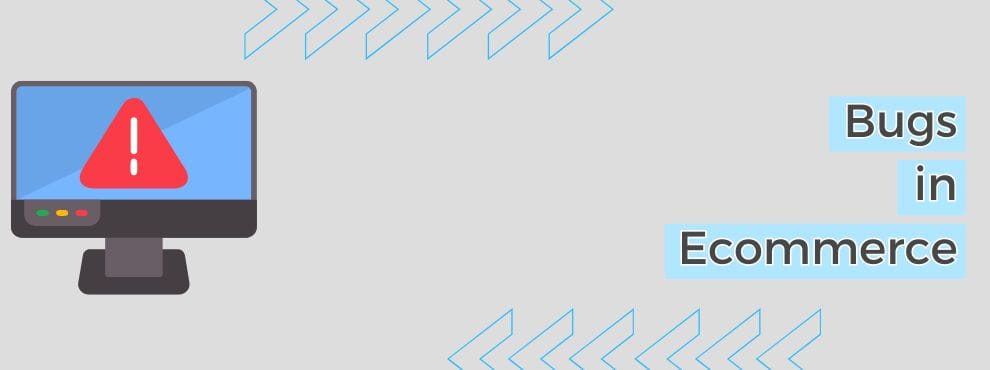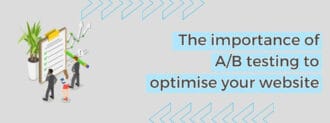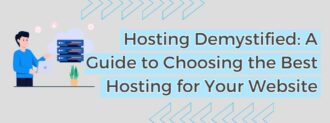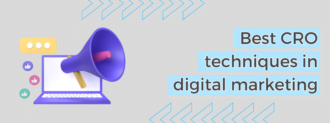SEO is an essential component for the success of any ecommerce. However, due to the complexity and dynamism of the digital environment, it is common to make mistakes that can negatively affect a website’s performance in search engines.
Table of contents
Duplicate content
Duplicate content is one of the most common SEO mistakes on ecommerce sites. This occurs when several pages within the same domain (or on different domains) have identical or very similar content, which confuses search engines as to which is the original or more relevant version.
Some common causes are as follows:
- Product descriptions provided by the manufacturer that are reused on multiple pages.
- Category or filter pages that generate URLs with similar content.
- Product variants (different colors or sizes) that generate separate pages with almost identical content.
How to avoid it
- Writing unique descriptions: it is essential to write original and unique product descriptions for each item.
- Use canonical tags: implement rel=”canonical” tags to tell search engines which is the main version of a page when there are multiple similar URLs.
- Consolidate product variants: whenever possible, group product variants on a single page with selection options (size, color, etc.).
Poor URL structure
Poorly structured URLs can be detrimental to both usability and search engine optimization. URLs that are long, confusing or do not reflect the site hierarchy can be difficult for search engines to crawl and understand.
Some causes are these:
- URLs automatically generated by content management systems (CMS) without any optimization.
- Lack of hierarchy or clear categorization on the site.
- Use of unnecessary or unintelligible parameters in URLs.
How to avoid it
- Create clean and descriptive urls: use URLs that are short, descriptive and include relevant keywords. Avoid special characters and unnecessary parameters.
- Maintain a logical structure: make sure the URL structure reflects the hierarchy of the site, e.g. www.tienda.com/categoria/subcategoria/producto.
- 301 redirects: if you need to change a URL, use 301 redirects to preserve the SEO value of the original page.
Out of stock or deleted product pages
Product pages that are out of stock or have been removed can become an SEO problem if not managed properly.
These pages can generate 404 (page not found) errors or remain indexed without offering value, negatively affecting user experience and site authority.
Some of the causes are these:
- Removing products from the catalog without redirecting the URLs.
- Maintaining out-of-stock product pages without offering alternatives or useful information.
How to avoid it
- 301 redirects: if a product has been permanently removed, redirect its URL to a similar product or to the corresponding category.
- Offer alternative products: on out-of-stock product pages, suggest similar or related products to keep users interested and browsing the site.
- Inform about availability: if a product is temporarily out of stock, include a clear message and offer the option to notify the user when the product becomes available again.
Poor image optimization
Images are crucial in ecommerce, but if they are not optimized, they can slow down page loading and negatively affect both user experience and SEO.
Some causes are these:
- Uploading high resolution images without properly compressing them.
- Lack of descriptive alt attributes for images.
- Use of inefficient image formats for the web.
How to avoid it
- Compress images: use image compression tools to reduce the size of the files without losing perceptible quality.
- Include descriptive alt attributes: add alternative texts (alt text) that accurately describe the content of the images. This not only improves accessibility, but also allows search engines to better understand the context of the images.
- Use appropriate formats: consider using modern image formats such as WebP, which offer better compression without sacrificing quality.
Lack of content on category pages
Category pages are often undervalued in ecommerce, leading to many of them lacking optimized content. Without relevant content, these pages are less likely to rank well in search results.
The causes are these:
- Exclusive focus on product pages, neglecting categories.
- Lack of resources to create additional content.
How to avoid it
- Add useful and relevant descriptions: include detailed descriptions on category pages that explain the type of products found there, their benefits, and any other relevant information that can help users and search engines better understand the content.
- Include reviews and testimonials: if possible, include customer reviews or testimonials to enrich the content.
- Optimize the title and meta descriptions: make sure the title and meta description of each category page are optimized with relevant and attractive keywords to improve click-through rate (CTR).
Ignoring mobile optimization
With the increasing amount of purchases made from mobile devices, ignoring mobile optimization is a serious mistake that can affect both user experience and search engine ranking.
Some causes are these:
- Sites initially designed for desktop without considering the mobile experience.
- Lack of testing on mobile devices.
- Failure to implement a responsive design.
How to avoid it
- Adopt a responsive design: make sure your website is designed to adapt to different screen sizes, offering a smooth experience on both mobile and desktop.
- Regular mobile testing: perform frequent tests on different mobile devices to identify and correct any usability issues.
- Load speed optimization: use tools such as Google PageSpeed Insights to analyze and improve your site’s load speed on mobile devices.
Indexing problems
If your ecommerce pages are not being indexed correctly by search engines, they will not appear in search results, which means a loss of potential traffic.
The causes are these:
- Incorrect use of robots.txt files or noindex meta tags.
- Technical problems that prevent search engines from crawling the site properly.
- Duplicate content leading to keyword cannibalization.
How to avoid it
- Check robots.txt settings: make sure the robots.txt file is not accidentally blocking important parts of your site.
- Regular SEO audits: perform regular SEO audits to identify and correct indexing problems.
- Proper use of sitemaps: submit an updated XML sitemap to Google Search Console to ensure that all important pages are being crawled and indexed.
Negligence in page speed optimization
Page load speed is a crucial factor for both user experience and search engine ranking. Slow pages can increase bounce rate and reduce conversions.
Some of the characteristics are these:
- Non-optimized images and files.
- Excessive use of scripts and external resources.
- Low quality hosting.
How to avoid it
- Optimize resources: compress images, minify CSS and JavaScript, and reduce the number of HTTP requests.
- Use a CDN: implement a content delivery network (CDN) to serve resources from geographic locations closer to the user.
- Choose a good hosting provider: Make sure your hosting can adequately handle the traffic and load of your ecommerce site.
Conclusion
Avoiding these common ecommerce SEO mistakes is key to ensuring that your site has the best possible chance of ranking in search results.
Through a combination of best practices, analysis tools and constant review, you can minimize the risks and maximize the performance of your online store.
Ecommerce SEO is not a one-time task; it requires ongoing maintenance and adaptation to changes in user behavior and search engine algorithms.
By doing so, you will be in a better position to attract quality traffic, improve user experience and increase your conversions.
Related Posts










Deja un comentario